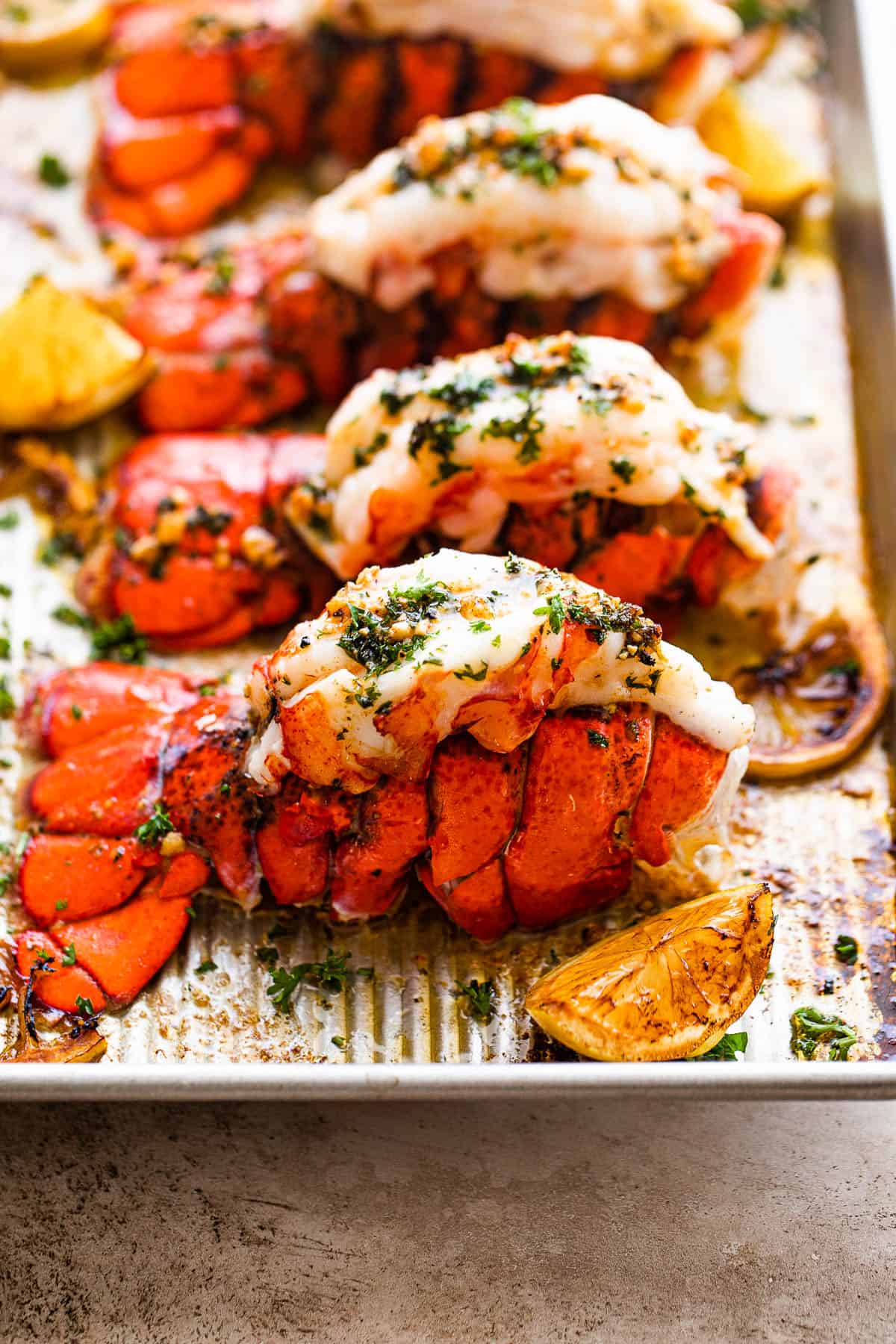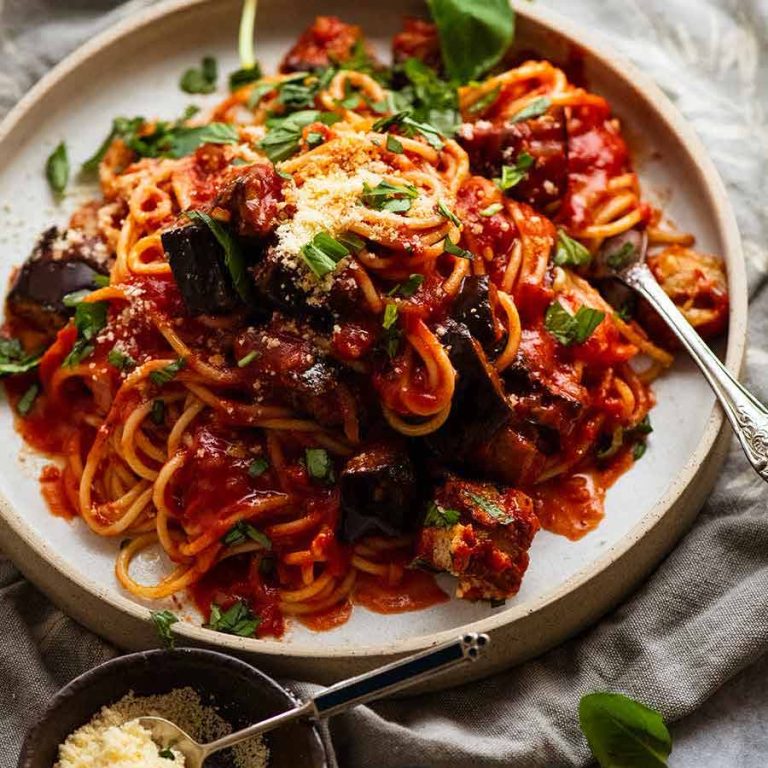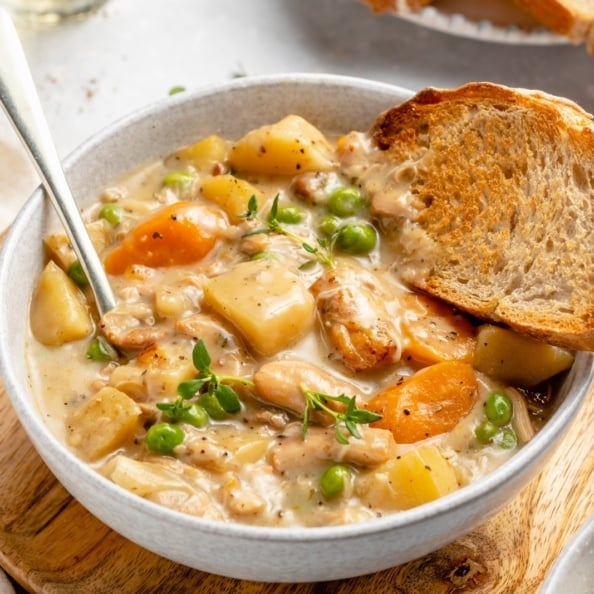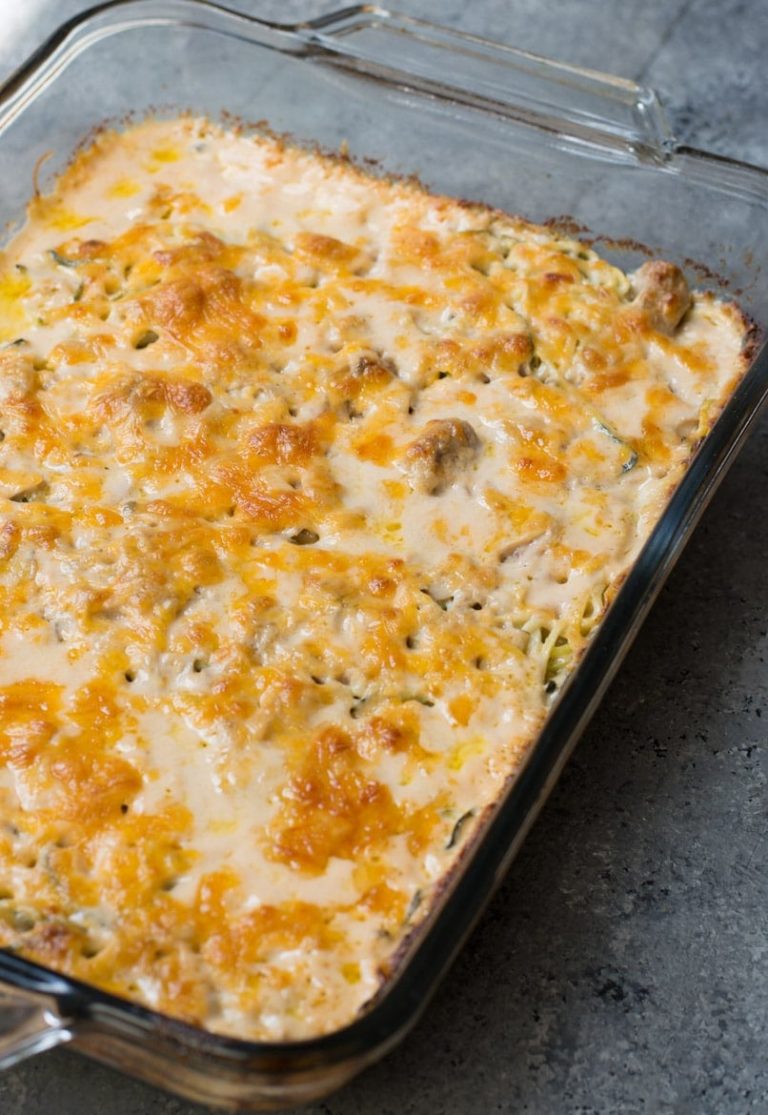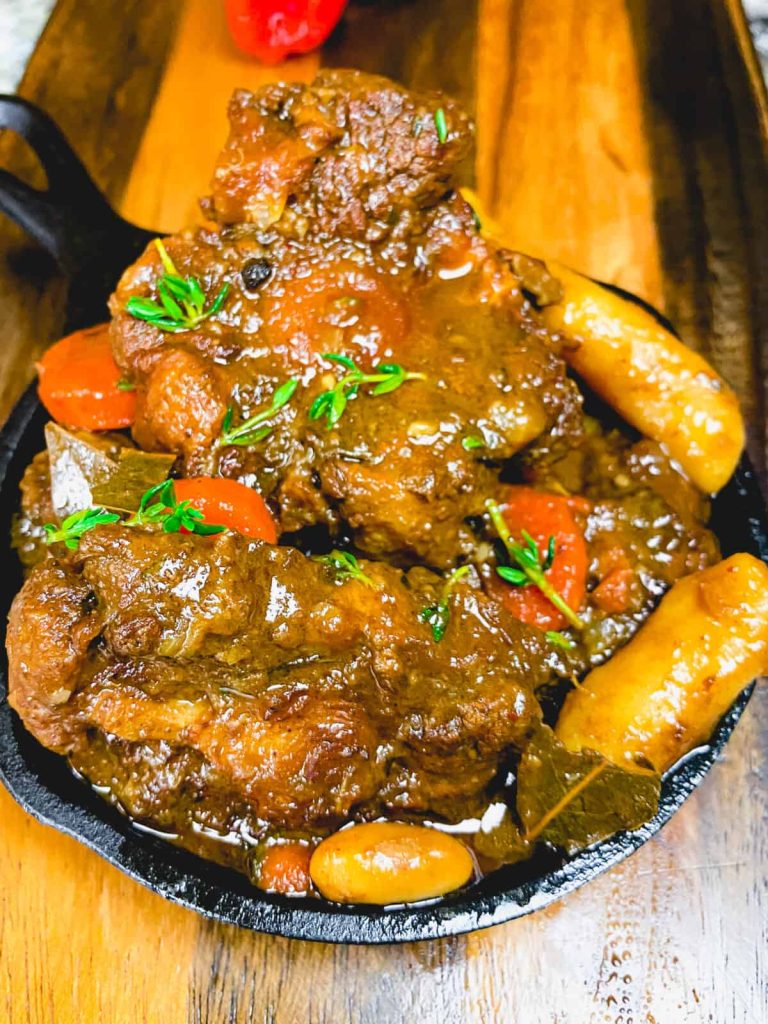Baked Lobster Tails: Tips, Recipes, and Serving Ideas
Different types of lobster tails offer various textures and flavors. Maine lobster tails are sweet and tender, originating from cold North Atlantic waters. Spiny lobster tails come from warmer regions like the Caribbean, offering a firmer texture. When baking, colder water varieties often yield a more delicate meat.
How to Identify Fresh Lobster Tails
Identifying fresh lobster tails ensures an optimal baking experience. Look for tails with a translucent, slightly firm texture. Avoid lobster tails with discoloration or a strong, fishy smell, as these indicate spoilage. Fresh lobster tails should have a clean, ocean-like scent.
Preparing Lobster Tails for Baking
Thawing and Cleaning
Thaw lobster tails to ensure even baking. Place frozen lobster tails in the refrigerator for 8-12 hours, or use cold water for a quicker method, changing the water every 30 minutes. Inspect for any remaining ice crystals before proceeding. After thawing, clean thoroughly. Rinse under cold water, and remove any grit or impurities. Pat dry with paper towels to prepare for the next steps.
Shell Preparation Techniques
Cutting the shell enables even cooking and easy meat access. Position the lobster tail, shell-side up. Use kitchen shears to cut through the middle of the shell lengthwise, stopping before reaching the tail fin. Gently pry the shell apart, exposing the meat. For added presentation, run a finger under the meat, lifting it slightly out but leaving it attached at the tail end. The meat can then rest on top of the shell, which allows for a visually appealing finish and a more even bake.
The Best Seasonings for Baked Lobster Tails
Classic Herbs and Butter
Classic herbs and butter create a timeless flavor profile for baked lobster tails. Parsley, thyme, and chives deliver a fresh, aromatic quality that enhances the lobster’s natural sweetness. To prepare a simple herb butter, mix softened butter with minced garlic, lemon juice, and the herbs mentioned. Brush this mixture generously over the lobster meat before baking. Include a pinch of sea salt and freshly ground black pepper to balance the flavors. This combination allows the delicate lobster flavor to shine while adding a subtle complexity.
Adventurous Spices and Marinades
Adventurous spices and marinades offer a bold twist to baked lobster tails for those looking to experiment. Try a Cajun seasoning mix with paprika, cayenne pepper, garlic powder, and onion powder to add a spicy kick. Alternatively, a marinade of soy sauce, ginger, and honey provides a sweet and savory Asian-inspired flavor. Apply the marinade or spices evenly over the tails, then let them sit for 15-30 minutes before baking for increased flavor absorption. These options offer a dynamic and exciting alternative to traditional butter and herbs.
Baking Lobster Tails: Step-by-Step Guide
Temperature and Time Tips
Set your oven to 425°F for baking lobster tails. An optimal baking time ranges from 10 to 12 minutes depending on the size of the lobster tails. Use a meat thermometer to check that the internal temperature reaches 140°F-145°F. Position lobster tails on a baking sheet with the meat side up to ensure even cooking. Use an oven rack placed in the center of the oven for consistent heat distribution.
How to Avoid Overcooking
Overcooked lobster tails become tough and chewy. Monitor cooking time closely and check for opaqueness in the meat, indicating it’s cooked through. If the meat starts to curl and pull away from the shell, it’s a sign of overcooking. Baste the lobster tails occasionally with butter or marinade to retain moisture. If possible, use a broiling method for the last 2-3 minutes to achieve a golden, slightly crispy finish without drying out the meat.
Serving and Presentation Ideas
Pairings with Side Dishes
Consider classic side dishes such as garlic butter mashed potatoes or steamed asparagus to complement your baked lobster tails. Garlic butter mashed potatoes provide a creamy, rich texture that pairs well with the tender meat. Steamed asparagus adds a light, crisp balance, enhancing the overall meal. For a touch of citrus, a lemon herb rice dish works perfectly with the buttery lobster flavors. A fresh garden salad with balsamic vinaigrette adds a refreshing, tangy element to complete the plate. Corn on the cob, especially grilled with a bit of paprika, also brings a sweet and smoky contrast.
Creative Plating Techniques
Enhance presentation by arranging the lobster tails in a fan shape, with the meat cascading out of the shell. For an elegant touch, garnish with finely chopped parsley or chives. Add a lemon wedge on the side to offer a fresh burst of citrus. Drizzling additional melted butter, especially infused with herbs like thyme or rosemary, directly on the platter creates an inviting appearance. Serve the lobster tails on a bed of mixed greens or microgreens for a vibrant, colorful plate. Consider using a rectangular or slate platter to modernize and elevate the presentation further.
Conclusion
Baked lobster tails offer a delightful combination of simplicity and luxury, making them an excellent choice for any occasion. With the right selection, preparation, and seasoning, you can create a dish that’s both impressive and delicious. Remember to pay attention to cooking times and temperatures to ensure your lobster tails remain tender and juicy. Pair them with complementary side dishes and use creative plating techniques to elevate your presentation. Whether you’re cooking for a special event or a casual dinner, baked lobster tails are sure to impress and satisfy.
